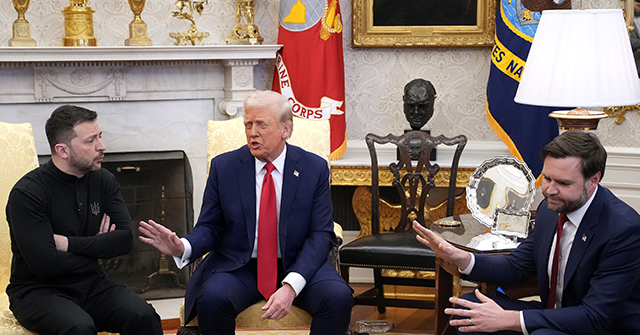Stock Market Resilience: A Rally Amidst Geopolitical Tensions
In a week marked by heightened geopolitical tensions, the stock market showcased remarkable resilience. Following a tense meeting at the White House between President Trump and Ukrainian President Zelensky, the markets initially wobbled but ultimately surged, ending the week on a high note. The S&P 500, Dow Jones Industrial Average, and Nasdaq all saw significant gains, signaling investor confidence despite initial uncertainties. This rally suggests that investors perceive Trump’s assertive negotiation style as a source of stability, reinforcing market trust in his administration’s policies.
Fortress North America: A New Trade Alliance Emerges
A significant shift in trade dynamics is unfolding as Mexico and Canada consider aligning with U.S. tariffs on Chinese goods. The concept of "Fortress North America" is gaining traction, aimed at countering Beijing’s influence. Mexico is already in talks to raise tariffs, focusing on Chinese automotive imports, while Canada has imposed tariffs on certain Chinese products. This emerging alliance reflects a strategic realignment to strengthen North American economic unity against Chinese exports, potentially reshaping trade landscapes.
Inflation and the Fed: A Cautious Monetary Policy Stance
The economic horizon remains complex as core inflation continues to exceed the Federal Reserve’s target. Although inflation shows signs of moderation, it remains above the desired 2%, making near-term rate cuts unlikely. Investors are flocking to government bonds, which could indicate either economic caution or confidence. This cautious approach by the Fed reflects a wait-and-see strategy, balancing the need for stability with economic growth.
Market Confidence in Trump’s Leadership
Despite initial apprehensions, the market rally underscores investor confidence in Trump’s foreign policy approach. His tough stance on trade and geopolitics, while controversial, is viewed as a stabilizing force. The markets seem to favor Trump’s "America First" agenda, perceiving it as a strategy that minimizes risks associated with international commitments, even as it reshapes global alliances.
Connecting the Dots: Politics, Trade, and Market Dynamics
The interplay between political decisions, trade policies, and market reactions is intricate. Trump’s negotiating tactics, the forging of a North American trade bloc, and the Federal Reserve’s cautious monetary policy all contribute to current economic dynamics. These factors, while complex, indicate a strategic shift towards economic nationalism and regional cooperation, influencing market sentiment and investor behavior.
Future Implications: Navigating a Changing Economic Landscape
As the global economy navigates these shifts, the implications are profound. The emergence of "Fortress North America" and the Federal Reserve’s policy stance suggest a move towards economic containment of China. Markets are signaling confidence in Trump’s leadership, yet uncertainties remain. The coming months will be crucial in determining how these developments shape economic stability and growth, both in the U.S. and globally.


